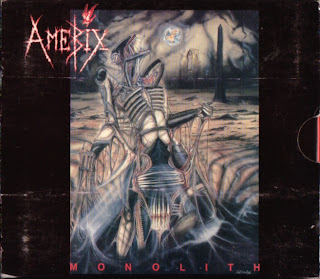
In the 1990s, it suddenly became musically fashionable to strip down the tenets of hardcore music and use aspects of it to produce profitably safe rock and roll music for the general listening public. The most blatant musical "style" to emanate from this change in approach to marketing music was grunge.
If grunge were to have a red-headed stepchild, its name would be emo.
Although, this writer would much rather remain unschooled in the musical make up of this specific genre, it's safe to say that it's easily identified by its loud, screeching guitars accompanied by EMOtional singing. The unfortunate thing is that it comes off seeming rather foolish; as if somehow these kids who create this music are attempting to mold themselves into a modern-day, hipsteresque, American interpretation of Morrissey but lacking the poetic verse to carry it with the same flavor and character that the ex-Smithy possesses.
However, despite this genre's shortcomings and lack of insight, there can always be an exception to the perceived norm. This exception speaks itself rather loudly in the form of the Chicago trio Today's My Super Spaceout Day. Although, the name of the band is very indicative of this style of musical musing, the engineering quality of the album Stars Made From Scars is phenomenal and the band's live performance equals that. A live performance of the band hints at reminiscence of live acts by bands such as Joy Division but with a modern bent that keeps one plugged into the present. It's the best of both worlds. The mulitple textures and layers of the music itself is something to behold; Areos Ledesma of The Dust Lounge, Christian Adams, and Blaise Barton of Scientific Mastering (not forgetting the musicians themselves!) have created a masterpiece, if anyone could boast some such polyglot about an emo album.
Stars Made From Scars
















